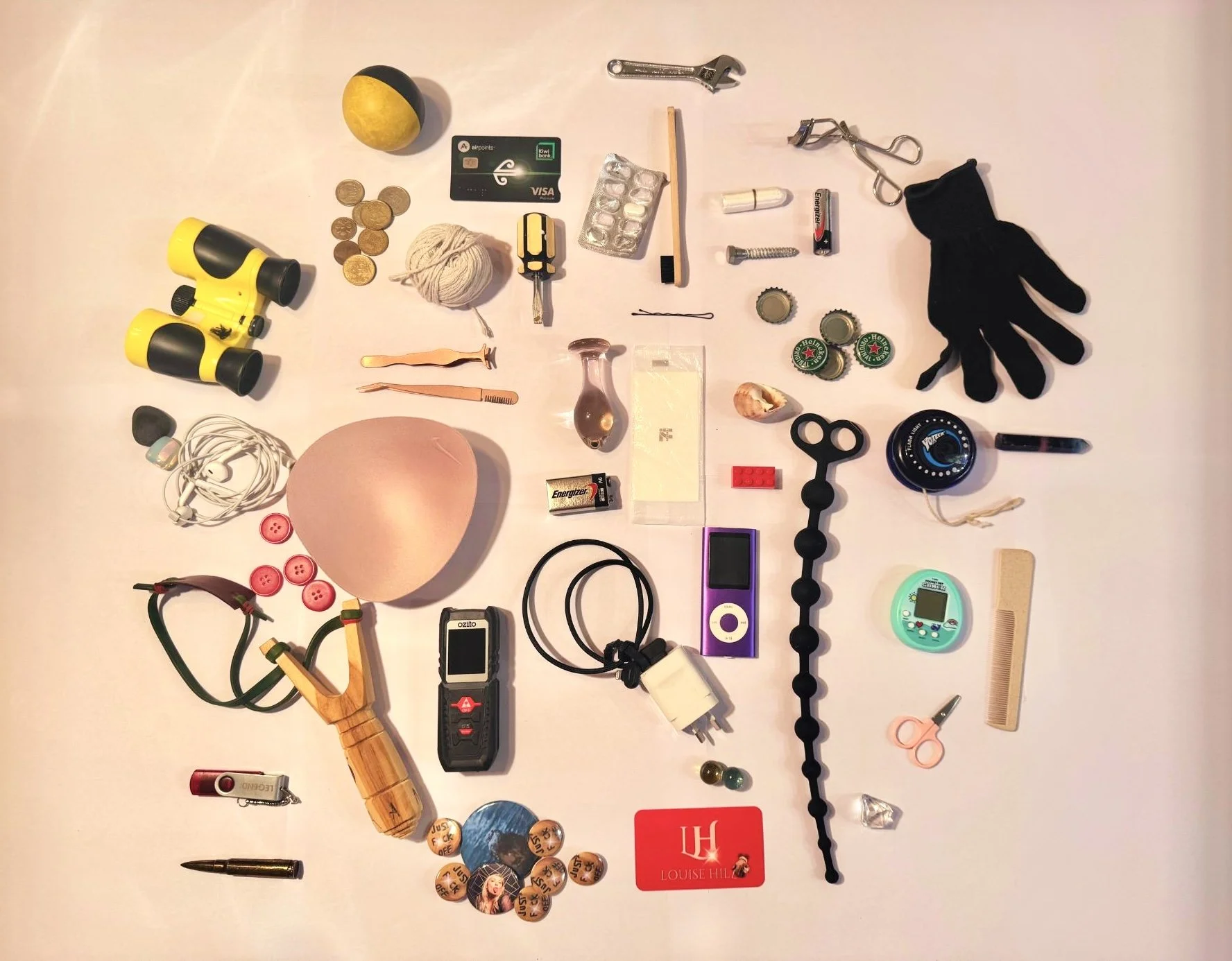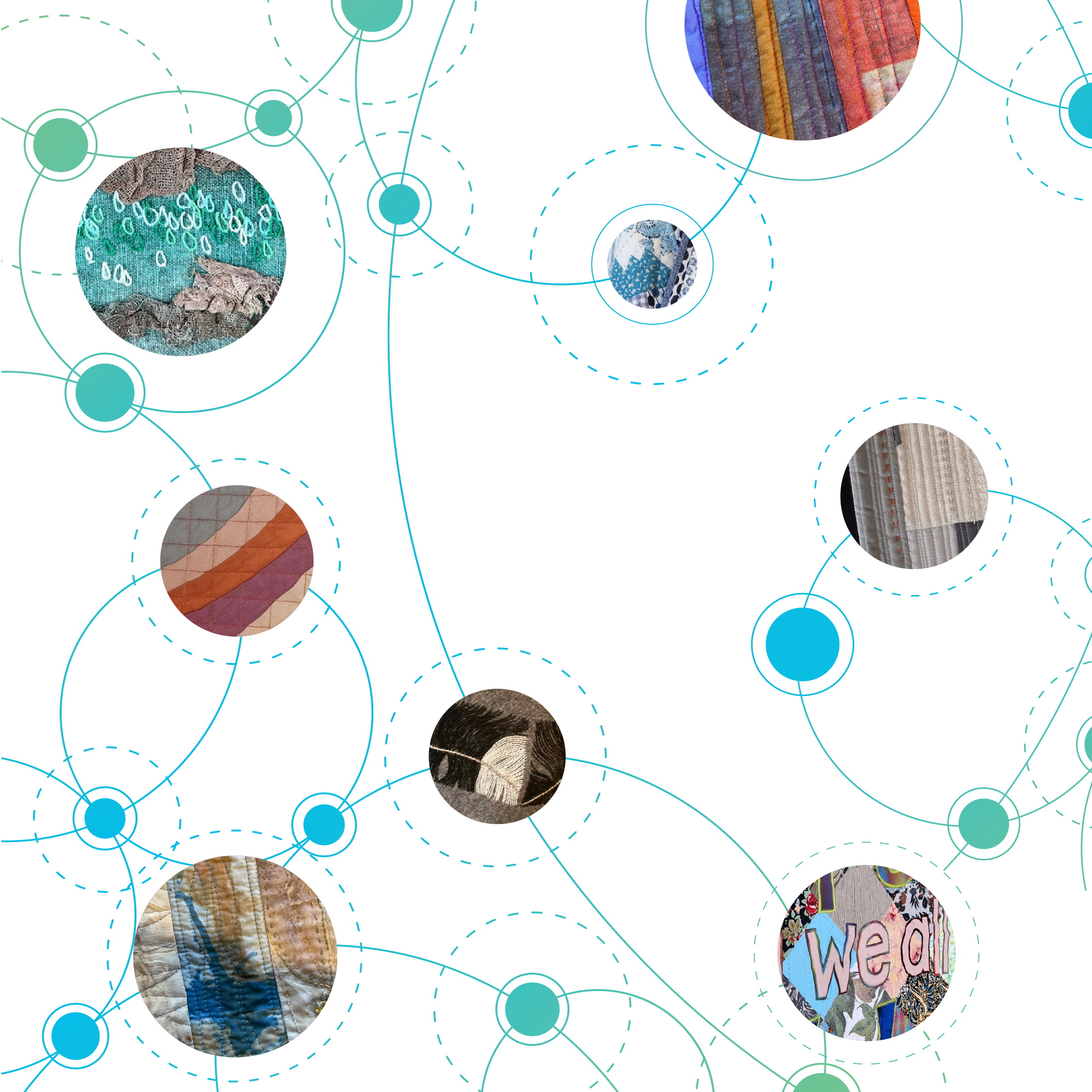voices notations distortion
- Toi Pōneke Arts Centre 61 Abel Smith Street, Te Aro, Wellington Wellington New Zealand (map)
By Gemma Thompson
17 January - 5 February

Details of Untitled (score for Central Park), charcoal on paper, 84 x 47cm
voices notations distortion is the debut solo show by artist and musician Gemma Thompson at Toi Pōneke Gallery 17 Jan - 6 Feb 2026. Inspired by Pauline Oliveros' Sonic Meditations, the exhibition explores her soundwalking practice through graphic scores, realised as drawings, paintings, prints, and sonic compositions. Each mark resonates with its own energy – echoing, layering, and unfolding across the surface.
Thompson is a multidisciplinary artist who works through drawing, print, and sound to record the sonic experience of place. She uses drawing to intuitively transcribe the sense, or intangible feeling, of place, reimagining sound as a physical presence. Recording sensory experience through drawing, soundwalking and listening, the movement of her hands attempts to mirror sound and rhythm, as a force or pressure.
This body of work draws from her background in observational drawing, the graphic score, and her experience as an experimental guitarist. Each piece begins with a soundwalk: as she moves through the landscape, she listens intuitively, translating what she hears into a visual language. Using graphite, she traces recurring sonic marks and motifs.
Thompson was introduced to the possibilities of experimental graphic notation when invited to perform 41 Strings at the Southbank Centre’s Meltdown Festival in 2014. Composed and conducted by Nick Zinner, the piece brought together 45 musicians, including classically trained players from Southbank Sinfonia and Goldsmiths, University of London, alongside electric guitarists, bassists, and percussionists, many of whom were not trained in traditional notation. Zinner’s graphic score offered a way in for all musicians, regardless of formal training – a kind of shared language. For Thompson, this opened up the graphic score as a tool of freedom and transformation: a way to find one's own voice, to interpret and respond intuitively.
In her own work, Thompson explores the idea of moving through, or 'within', sound. As she listens and walks, she marks sounds by touch:
As the sound moves, or as I move, I mark it down – where it is in relation to my body. I mark pulses, hums, singular gentle tones, construction noises that bury the ambience, birds, the droning generators of each building. I try to listen through the constant traffic, although sometimes I use its rhythm intuitively.
She often memorises marks made in the field, later recreating sonic environments in the studio or print room. This process opens up a question that underpins much of her work: how might a drawing or a score evoke a sense of openness that extends beyond the edges of the paper or canvas?
Soundwalking
Drawing into Print
Saturday 31 January
12 - 3pm
Toi Pōneke Gallery, Central Park, and Inverlochy Lecture Hall
Booking
Closing Night Performance
By Gemma Thompson and Sam Sherry
Thursday 5 February
6:30 - 7:15pm
Toi Pōneke Gallery
Free
other exhibitions
see other past exhibitions in the gallery archive
- Posted in exhibition
- Tagged next, 2025
































